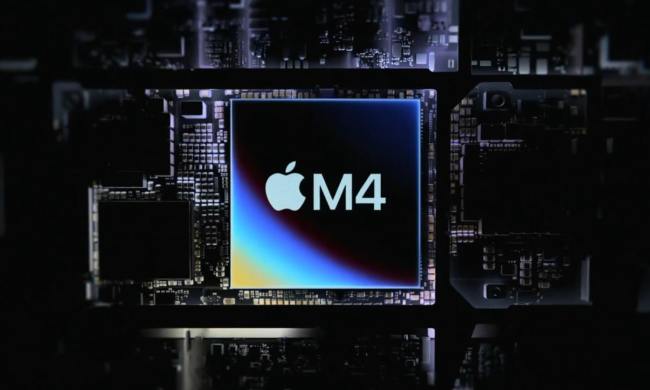Hover Junkers is a first person shooter that makes good use of the Vive’s hand tracked controllers to offer real-world accurate gun battles in a bleak, desert world. But when the servers aren’t populated with robots and scrap hunters battling it out for various junk around the wasteland, it can be quite a lonely place – so the developers added their dog to the game.
Admittedly, when you put the headset on, the little guy doesn’t look much like a dog any more. In-fact he’s transformed into a grotesque, worm/grub-thing, but is animated and more importantly, fully tracked within the game.
Although this is more of an experiment than a realistic way to track your pet, it does open up some interesting potential for in-game pets, especially when you consider that the actual Lighthouse tracking sensors are smaller than a quarter. It’s not beyond the realm of possibility to imagine a dog collar with a few on it, to give you a heads up should your pet wander into the room.
Since we’re talking VR tracked pets, we do need to give props to arguably the first person to (at least publicly) perform this feat. Charles Alexander, the developer of Into the Arcade, managed to get his dog tracking in-game too – and even placed a virtual laser on the dog’s back!
While this might be a way to keep your pet safe while your flail in VR, we can imagine even greater possibilities. A VR game that turns your real pet into a virtual gameplay companion could be a hoot — and unlikely anything we’ve seen in gaming before.



